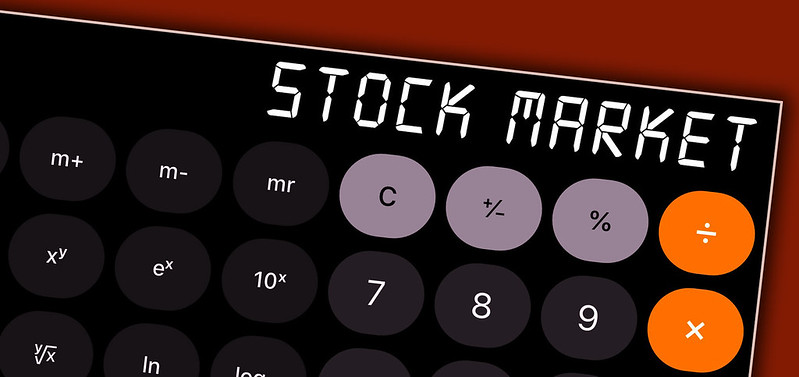There are a lot of terms in stock slang, which are quite complicated for a beginner to understand. But you need to continue training in order to become an effective and profitable trader, so let’s sort through what a thin market is, how to trade on it and whether it is worth doing it.

Thin Market: What Is This?
If we appeal to the definition, then a thin market is a state when prices that previously were gaining momentum and developing a strong trend come to rest and begin to consolidate. Trading at this time calms down and the number of active participants is sharply reduced. A thin market can also be called a ‘narrow market’ or a ‘lean market’.
It is worth distinguishing a thin market from a sluggish one, since a sluggish market mainly determines a flat, or, in other words, a sideways trend (horizontal price movement due to an almost equal correlation of demand and supply), with the number of participants not decreasing significantly. A thin market, or volatility easing, is necessarily characterized by fewer participants. The sideways can occur quite often, without a time reference, whereas one can detect time patterns for a thin market.
.png)
Usually, the market becomes thin during the closing of the European trading and in the second half of the Asian session, in run-up to the release of important economic news, on bank holidays, public holidays (especially Christmas), in the summer (August). The main concept of supply and demand is almost not working on the market at that time, and there is not enough liquidity, so one does not recommend relying on ordinary market constants.
Indeed, a transaction with a more or less solid trading volume pulls through much more points than it would have overcome at the usual time, so a trader who decides to trade in a thin market should be especially cautious.
It’s important to note, that experienced traders do not recommend trading in the thin market at all, but rather wait until it shifts towards a more active state. Why? Because such a market is the most unpredictable one, and if the saying “The chain is no stronger than its weakest link” is applied to trading in a thin market, then this weak link will be the trader's deposit, and likely its loss.
Thin Market Trading Tips for the Bravest
Yet, unless you decide to try your hand at trading in a thin market, besides courage, you will need something else. Since the usual laws of physics applied to trading do not work well or do not work in a thin market at all, a special approach is needed for such trade. Below are 4 tips on how not to lose, but to earn in such specific terms.

-
Do not make a bad shot with the trading strategy choice
Position traders have nothing to do in the thin market, as they will have to wait a lot of time to get the best deal possible. Therefore, let’s put aside positional and intraday trading and practice scalping in a thin market. What is more, the perfect time frame for scalping will be 5 minutes, while the maximum time span accounts an hour.
- Don’t get greedy
Greed is a bad adviser in any trading, but in a thin market it is in particular unacceptable. Remember that a thin market is a passive market, so expecting more than 15-30 points from the price of movement is already greed. Such expectations are stupid and not justified, the price will not jump 100 points in a thin market.
- Do not dwell on stop-losses
There is an opinion that it is better to put a stop-loss away, so that stop-loss hunters could not reach it. The risk of getting caught by such hunters is rather hazy, but the margin call is quite tangible. Therefore, do not experiment with stop-losses, especially in the framework of a thin market, as a sudden price surge may happen at any moment there, and in the conditions of volatility depletion, the price at such an increase more easily overcomes the levels of support and resistance (there are few market participants and there is nobody to resist).
- Treat indicators critically
There is a problem with indicators, price patterns and volume signals in a thin market, as the volumes themselves are practically absent in a such type of market. It means that figures and technical analysis signals give a lot of false transaction closes, and one doesn’t recommend relying on them, if only you don’t plan to blow up your account.
And the last, but not the least it’s important to maintain emotional equilibrium, do not trade when you are tired or nervous, and do not run it into the ground.
Photo: Flickr, Pixabay